Dr. Wise® AI Assisted Diagnosis System
- Home
- ProductAI Assisted Diagnosis SystemRadiomics Research Platform
- About
- EN / 中
Artificial Intelligence + Healthcare
Multiple modality AI products empower radiologists to improve diagnosis accuracy
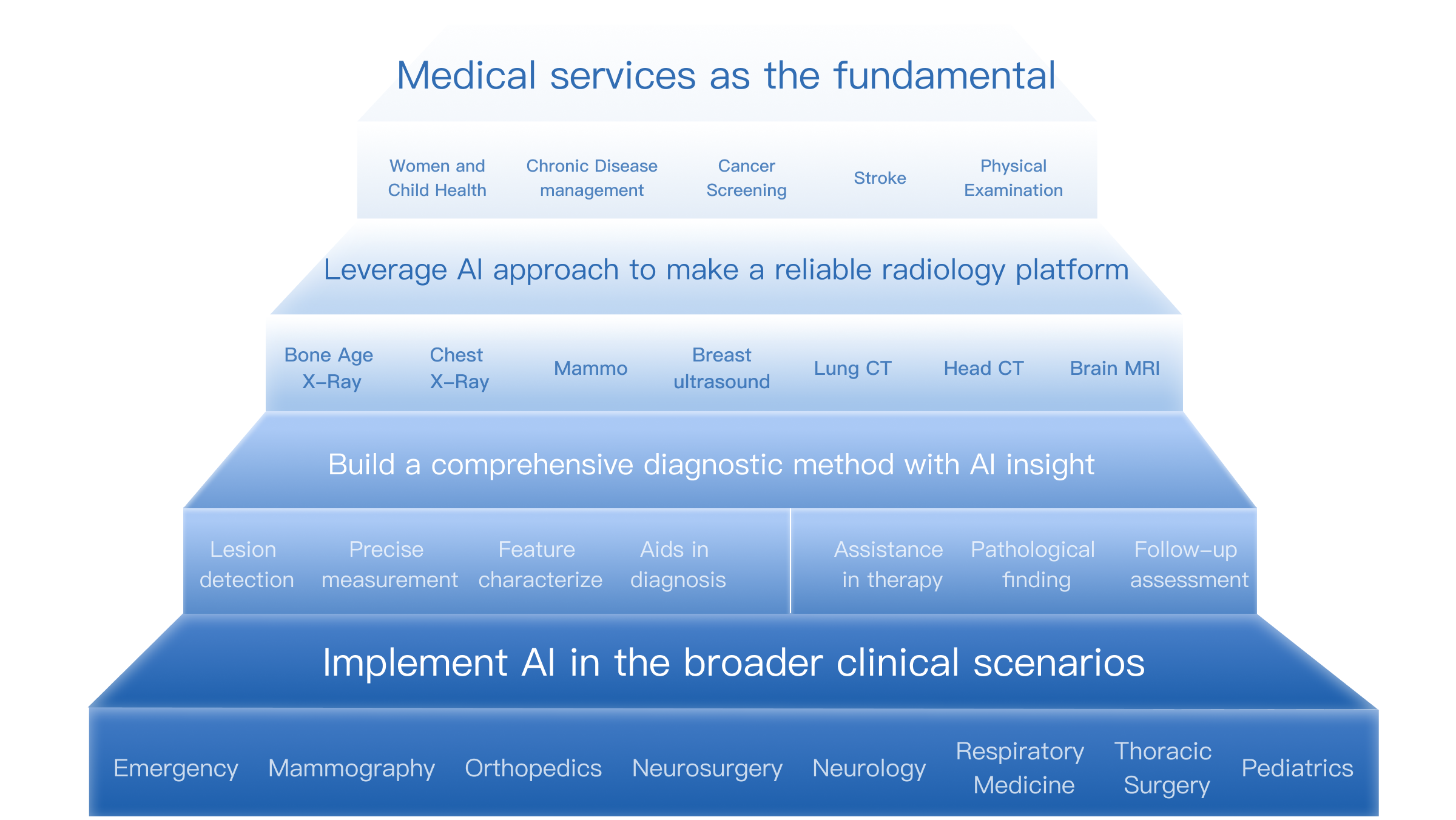
Solutions
Chest CT
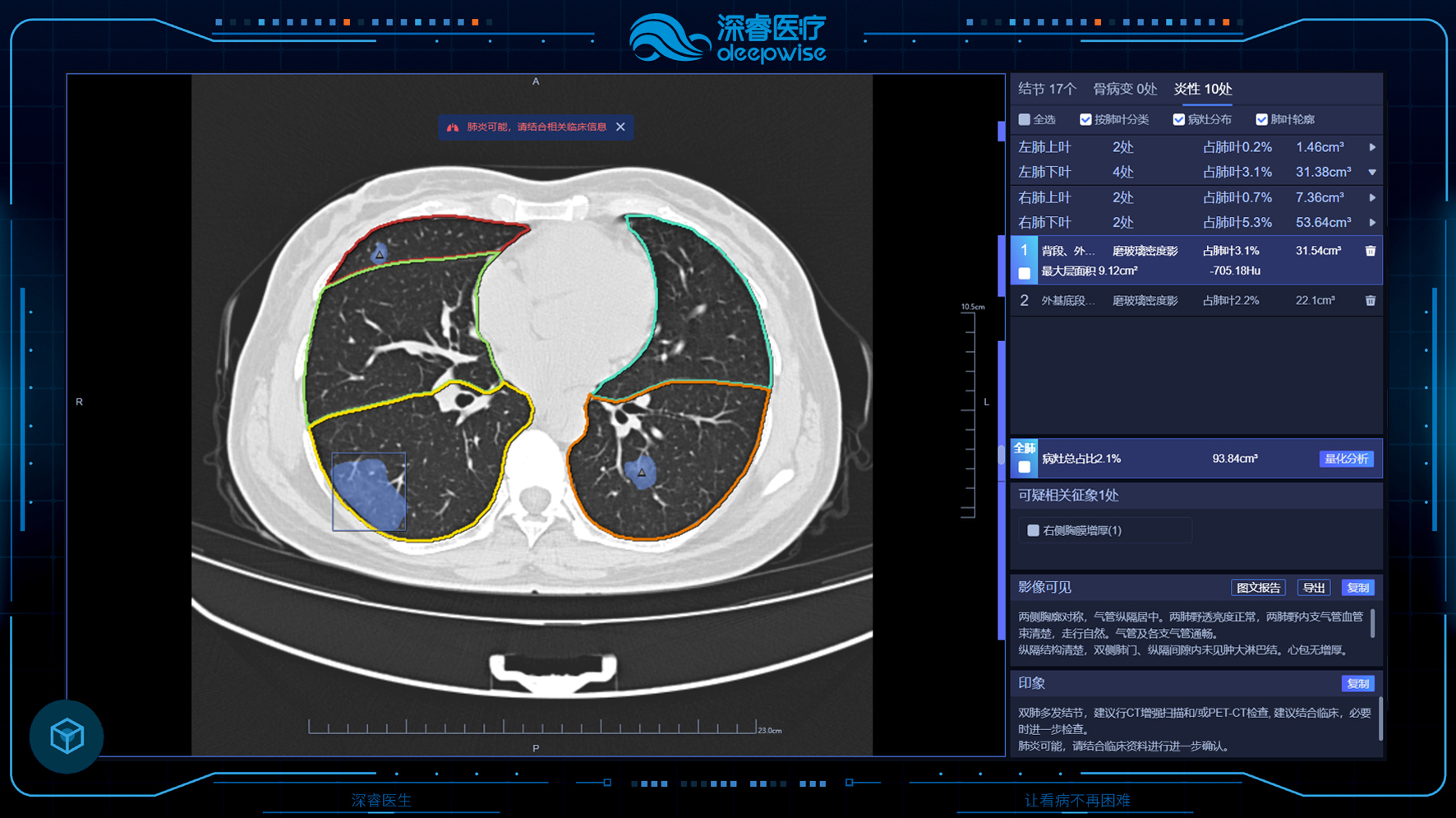
Breast Cancer
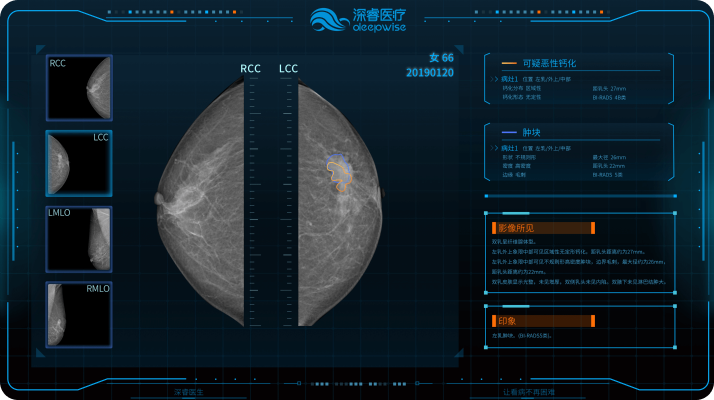
Bone Age
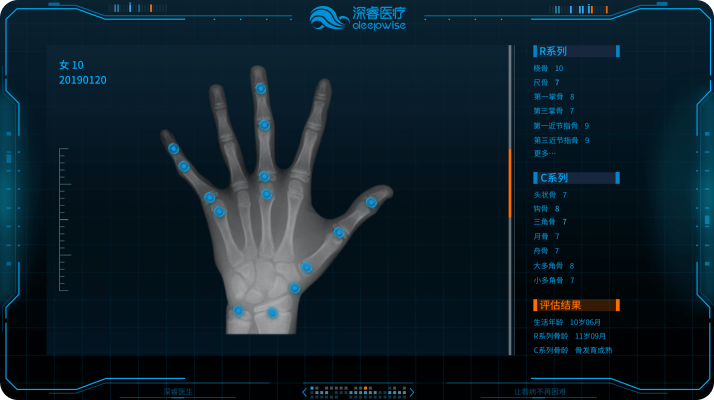
Stroke
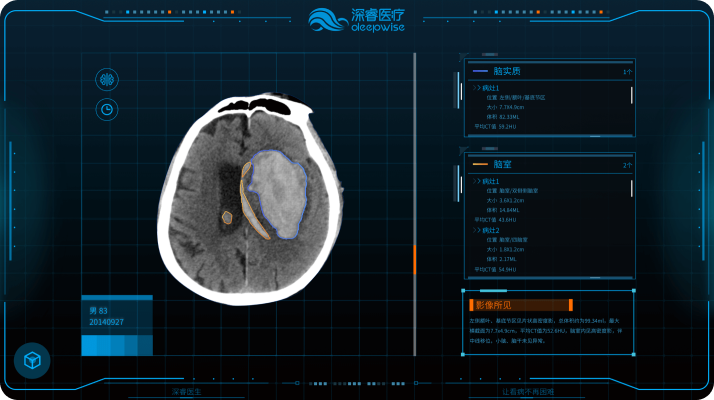
CT Coronary Angiography
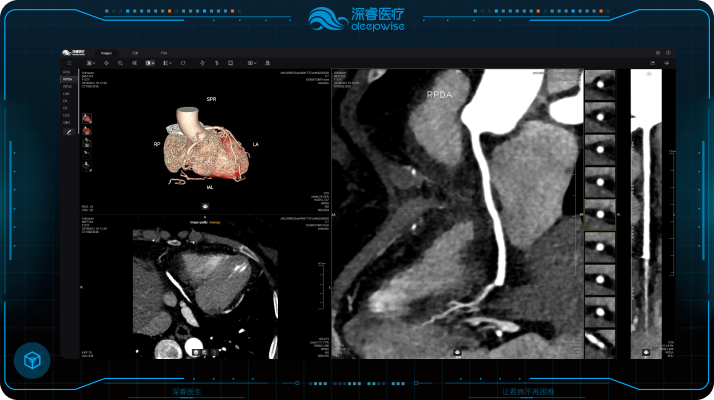
Solutions

Chest CT
The system is a multi-sign and multi-disease AI solution based on chest CT. It supports one-stop automatic analysis of lung disease and the management of diagnosis and treatment.
Faster
• Significantly faster compared to manual diagnostic processes.
High precise
• Accurate identification of different types of lesions
• High sensitivity and specificity
Diversity
• Invovles in multiple signs of lung diseases.
Follow up
• Automatic lesion matching for quantitative comparison.
• One-click follow-up report
Faster
• Significantly faster compared to manual diagnostic processes.
High precise
• Accurate identification of different types of lesions
• High sensitivity and specificity
Diversity
• Invovles in multiple signs of lung diseases.
Follow up
• Automatic lesion matching for quantitative comparison.
• One-click follow-up report

Breast Cancer
Consolidate deep learning, innovation of ultra-tiny object detection, and multi-view attention fusion technology into an algorithm model. The system can identify micro-calcifications, masses, asymmetric shadows, and structural distortions. It also detects concomitant signs such as nipple depression and lymph node enlargement.Referring to the fifth edition of the ACR BI-RADS criteria provides diagnostic recommendations for the BI-RADS classification, and generates structured reports, so it can improve radiologists' diagnostic efficiency and quality.

Bone Age
The system adopts deep learning and TW3 standard to develop an accurate, efficient bone age assessment model. The system can identify automatically epiphysis to calculate bone age and make the classification. The graphic report can be automatically generated to help radiologists to improve efficiency and to avoid artificial errors.

Stroke
The system detects automatically acute hemorrhagic and ischemic lesions in head CT/MRI. It can position accurately the location of the lesion, identify the hematoma's classification and measure the volume. At the same time, it can provide a follow-up comparison to assist radiologists to evaluate the state of a stroke.

CT Coronary Angiography
The system can automatically segment coronary arteries and generate 3D & curve images. The whole post-process is the so-called 'zero-click'. It can automatically identify the degrees of stenosis and different types of plaque, which improves the radiologists' efficiency. It can simplify the process 'from image to report.'
Contact Us
Beijing
Address: Room 03, 12th Floor, Building 2, No. 2, North Xisanhuan Road, Haidian District, Beijing
Shanghai
Address: Room 01, Area C, 2nd Floor, No. 420 Fenglin Road, Xuhui District, Shanghai
Hangzhou
Address: Room B1401, 14th Floor, Building 3, No. 88 Longyuan Road, Cangqian Street, Yuhang District, Hangzhou City, Zhejiang Province,PR China
International
Email:contact@deepwise.com
Cooperation
Business: contact@deepwise.com
Media: jiangyaoyao@deepwise.com
Follow us




